Gentlemen’s Guide: Bangkok’s 5 Best Barber Shops
These top 5 barber shops in Bangkok are where gentlemen can elevate ...

The absence of natural light, greenery, and an overall feeling of confinement throughout the day are far from beneficial. Luckily, there are things you can do to cheer up a workspace to make the area look more like a cosy living room while also alleviating stress, promoting well-being, and creativity.
“According to a research study conducted by Texas A&M University, plants can boost creativity by 15% or more within the workplace.”
The colour green has been identified with productivity, creativity, and taking action. According to a study, German researchers instructed participants to briefly view specific colours for two seconds prior to engaging in a creative task. Their findings demonstrated that the colour green enhanced individuals’ creative output more significantly than other colours, including white, grey, red, and blue. Dr. Stephanie Lichtenfeld, the study’s author, proposes that the association between green and creativity stems from green being a symbol of growth. According to Lichtenfeld, “Green may serve as a cue that evokes the motivation to strive for improvement and task mastery, which in turn may facilitate growth.” Indoor plants serve as the green light at the crossroads of creativity and motivation. Therefore, Koktail has curated a list of plants to add creative thoughts throughout the day.
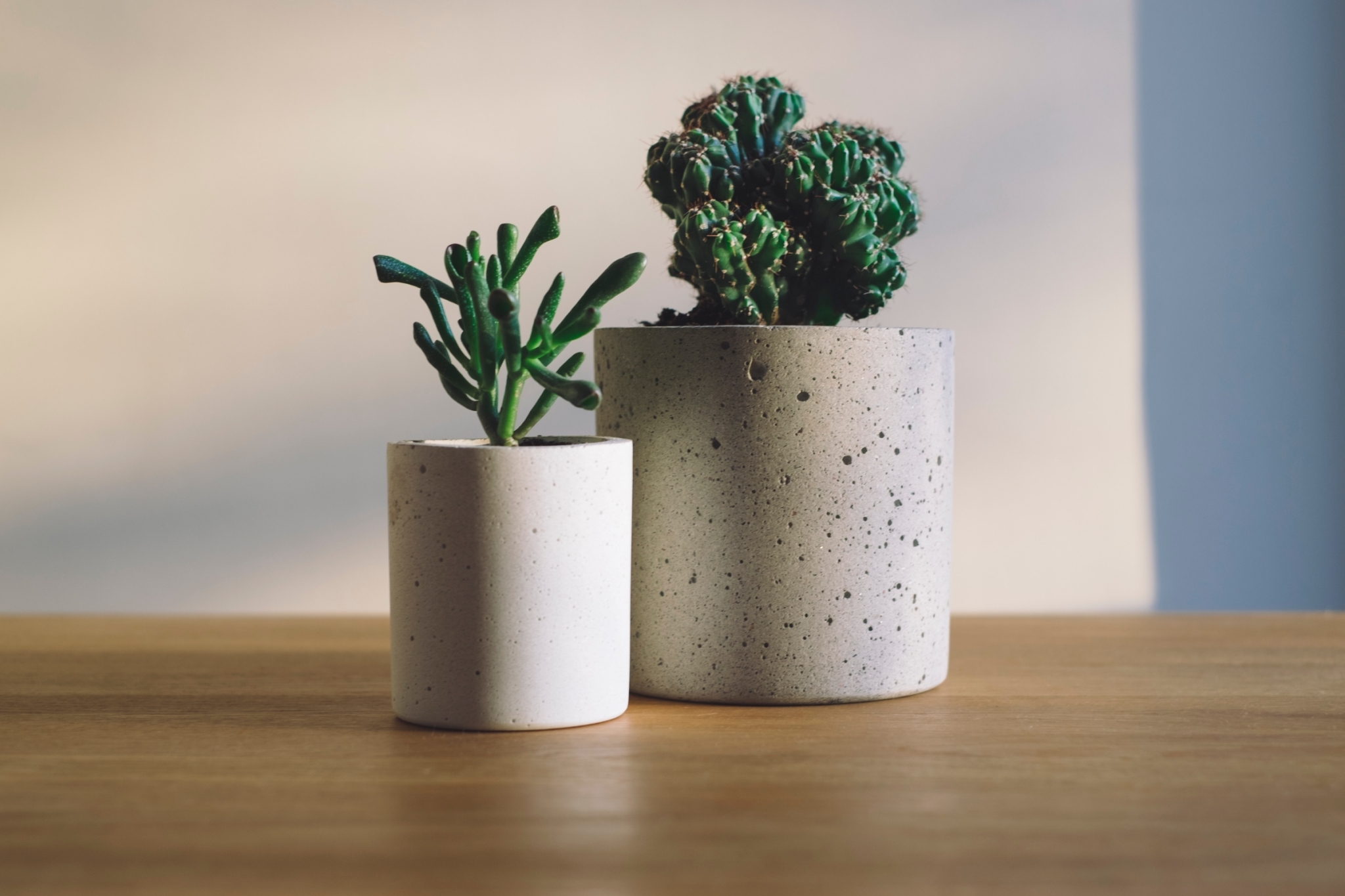
There are uncountable cute cacti out there to choose from and this gives you the freedom to decorate your desk to the fullest. An easy plant to grow especially for beginners, Cacti make ideal companions for office spaces due to their low maintenance requirements and slow growth, minimising the need for frequent repotting. The only essential condition is to find a little sunny spot to truly thrive.
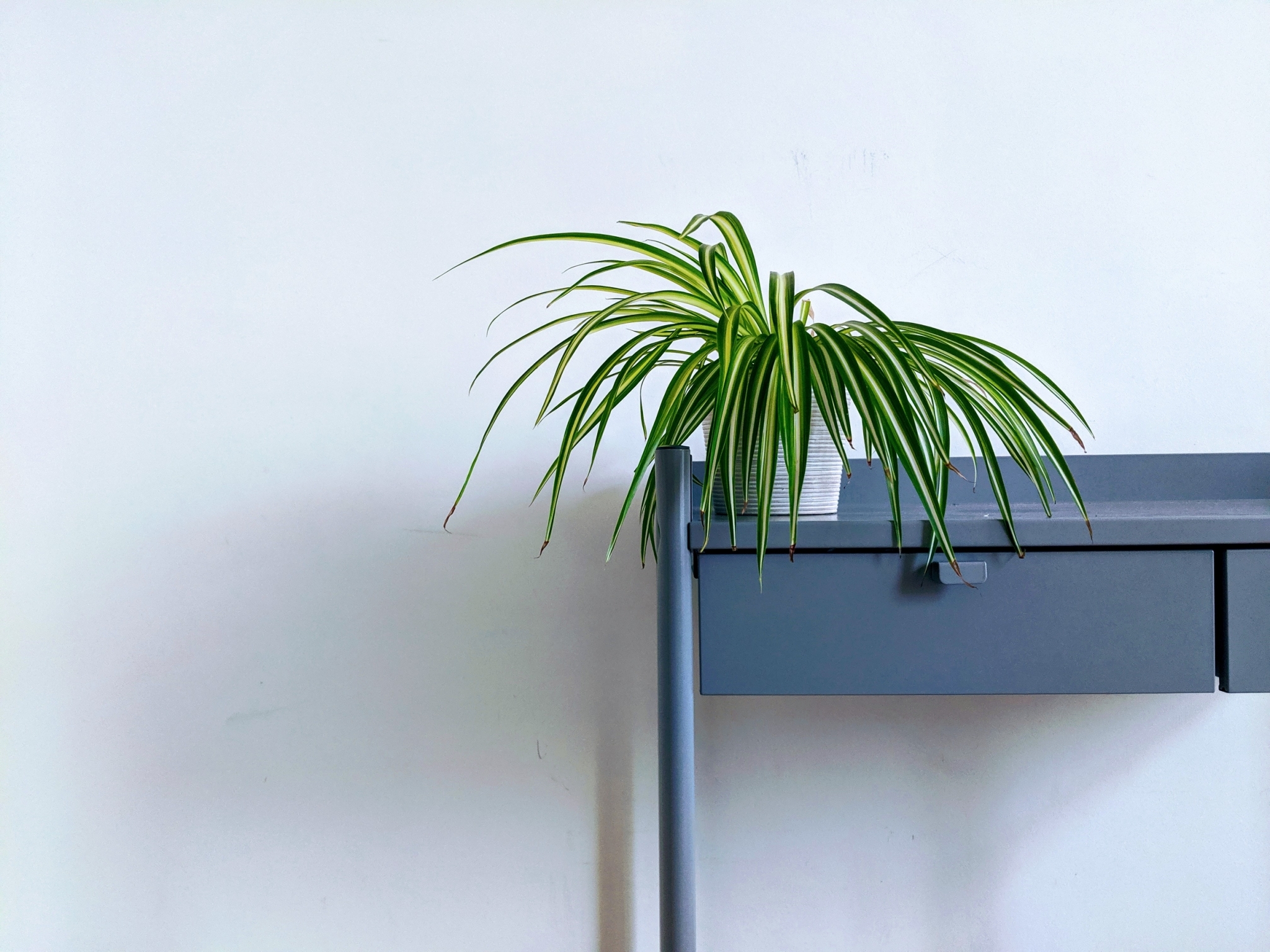
Spider Plants rapidly evolve into cascading leaves mostly called ribbons. With minimal attention, they thrive in warm, humid office environments and flourish in areas illuminated by indirect sunlight. However, it’s advisable to keep them away from air conditioning vents. Also, make sure the soil remains slightly damp, avoiding excessive moisture.
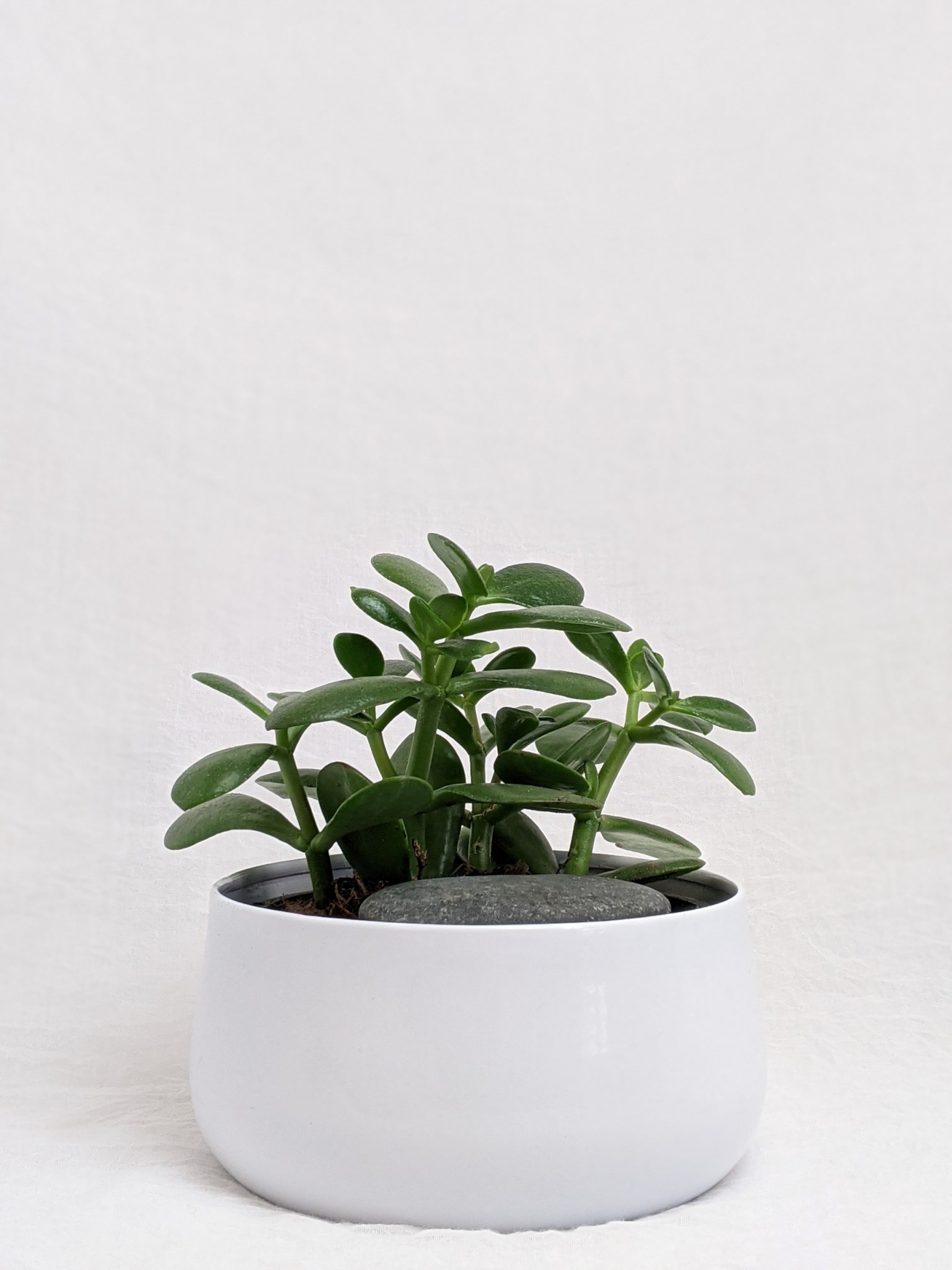
Infuse your office space with good fortune with the presence of a jade plant, also referred to as the money plant. These succulents have thick, teardrop-shaped leaves that grow in an upright direction. Make sure to provide ample light, avoiding direct sunlight.
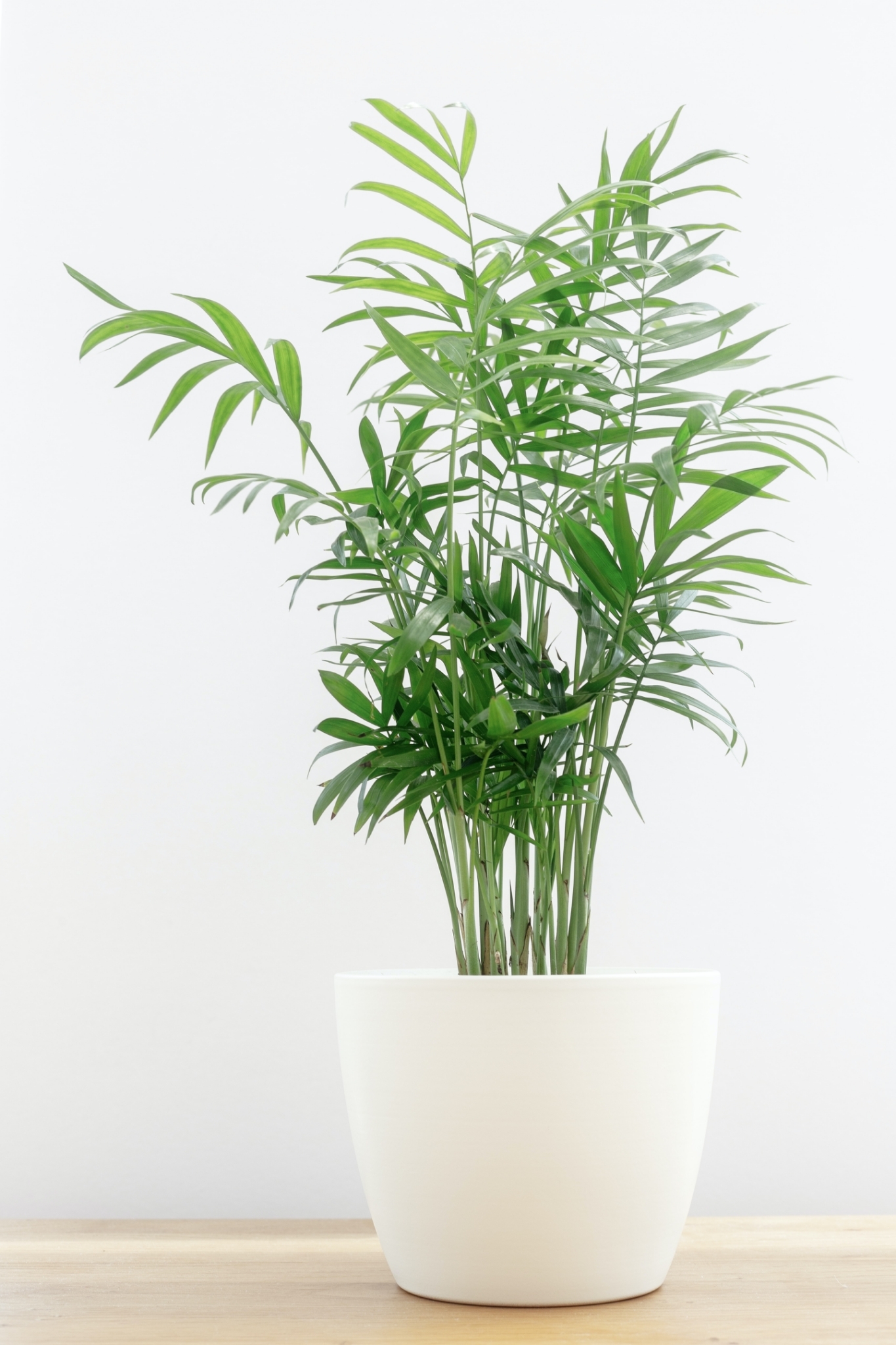
An elegant-looking plant, the Parlor Palm prefers indirect sunlight but also balancing excessive brightness and deep shade. With minimal maintenance needed, the plant requires occasional watering on a weekly basis.
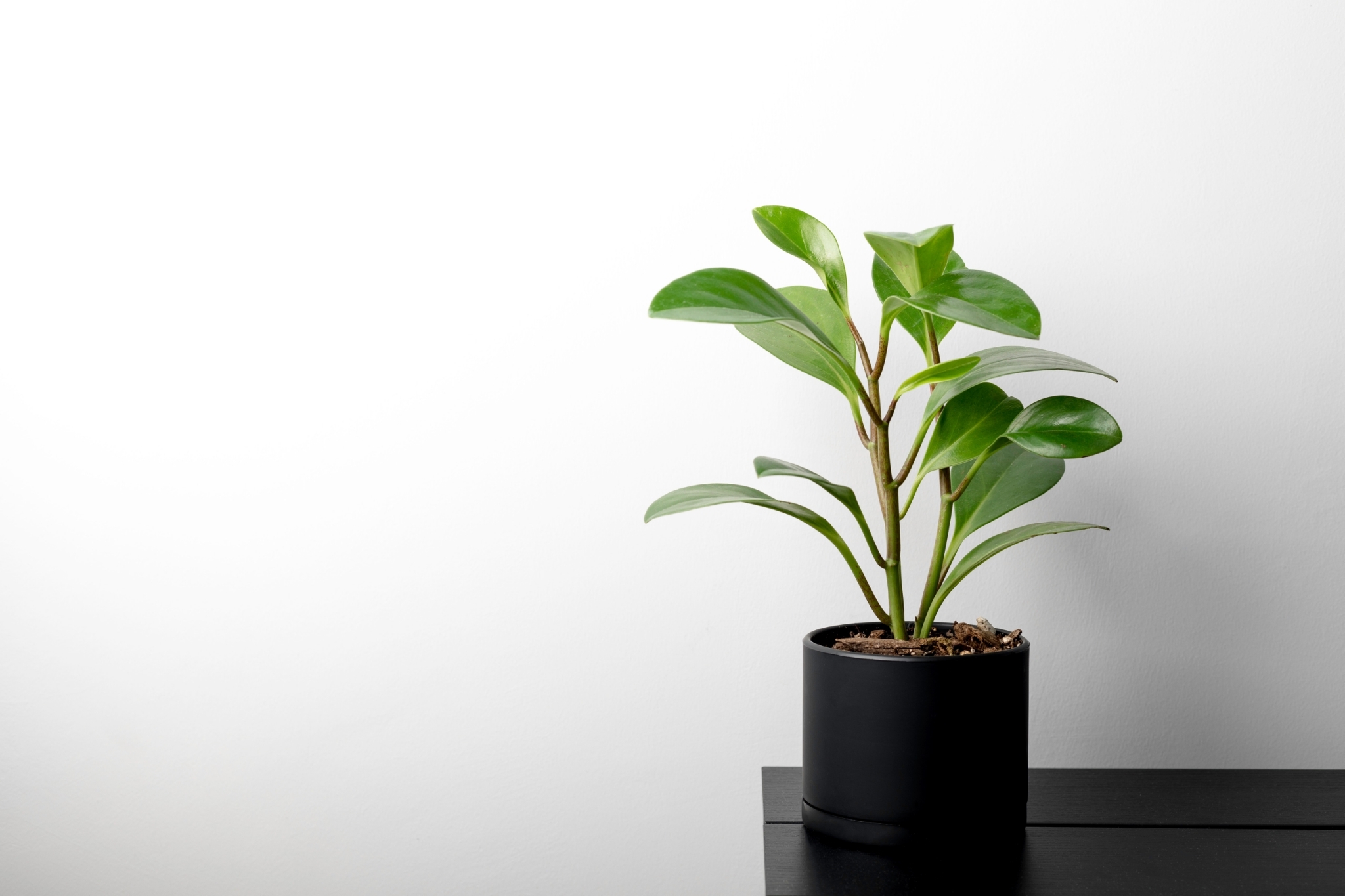
Serving as excellent companions for an office environment, Peperomias are resilient and have the ability to withstand drought. Watering should be done when the soil dries out, with fertilisation required only on rare occasions. Placing it in a location with bright, indirect light—or slightly dimmer—works well.
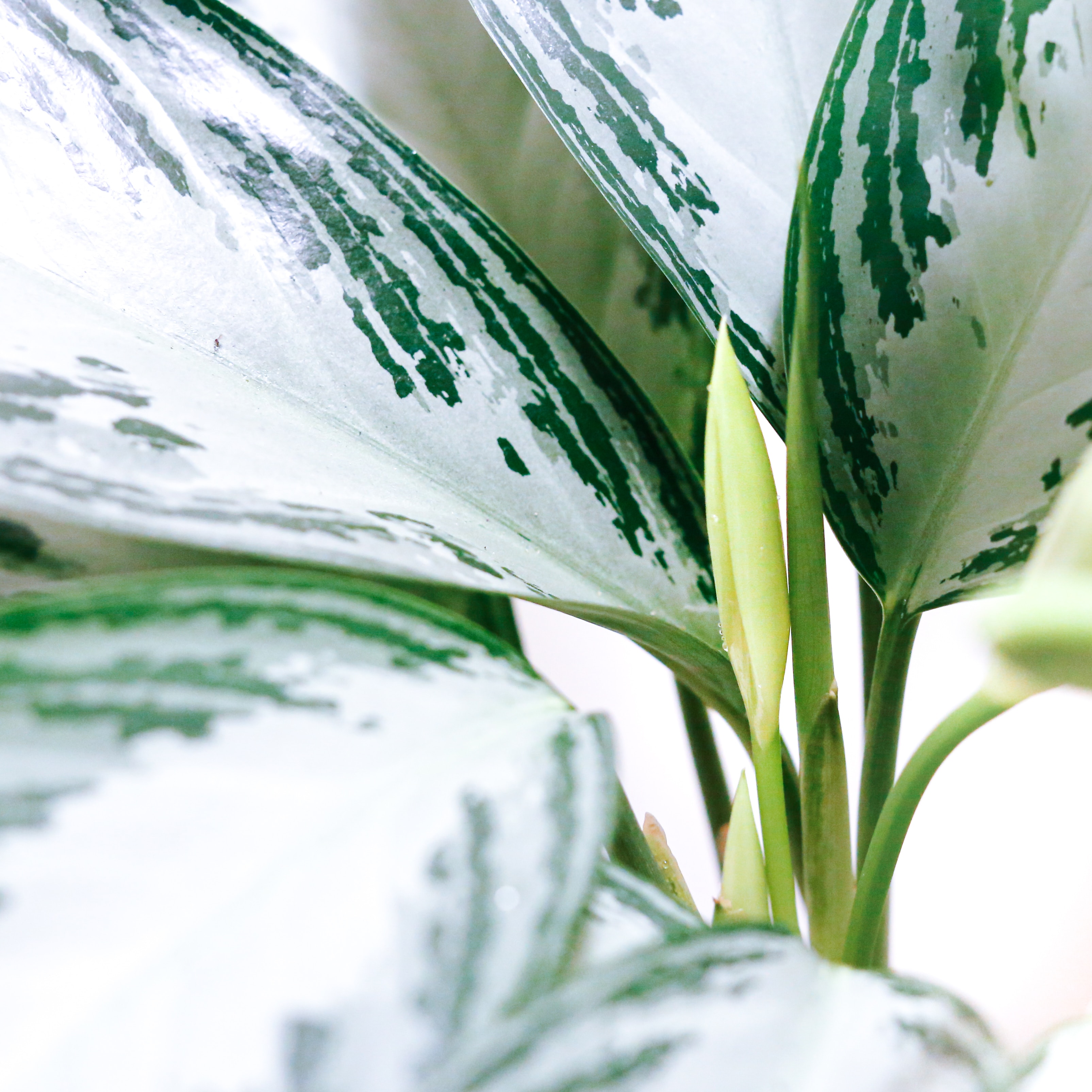
The Chinese evergreen boasts easygoing growth requirements, preferring a hands-off approach and presenting a variety of leaf colours. While thriving in low-light environments, it’s important to note that the colourful leaves will flourish even more with increased warmth and light.
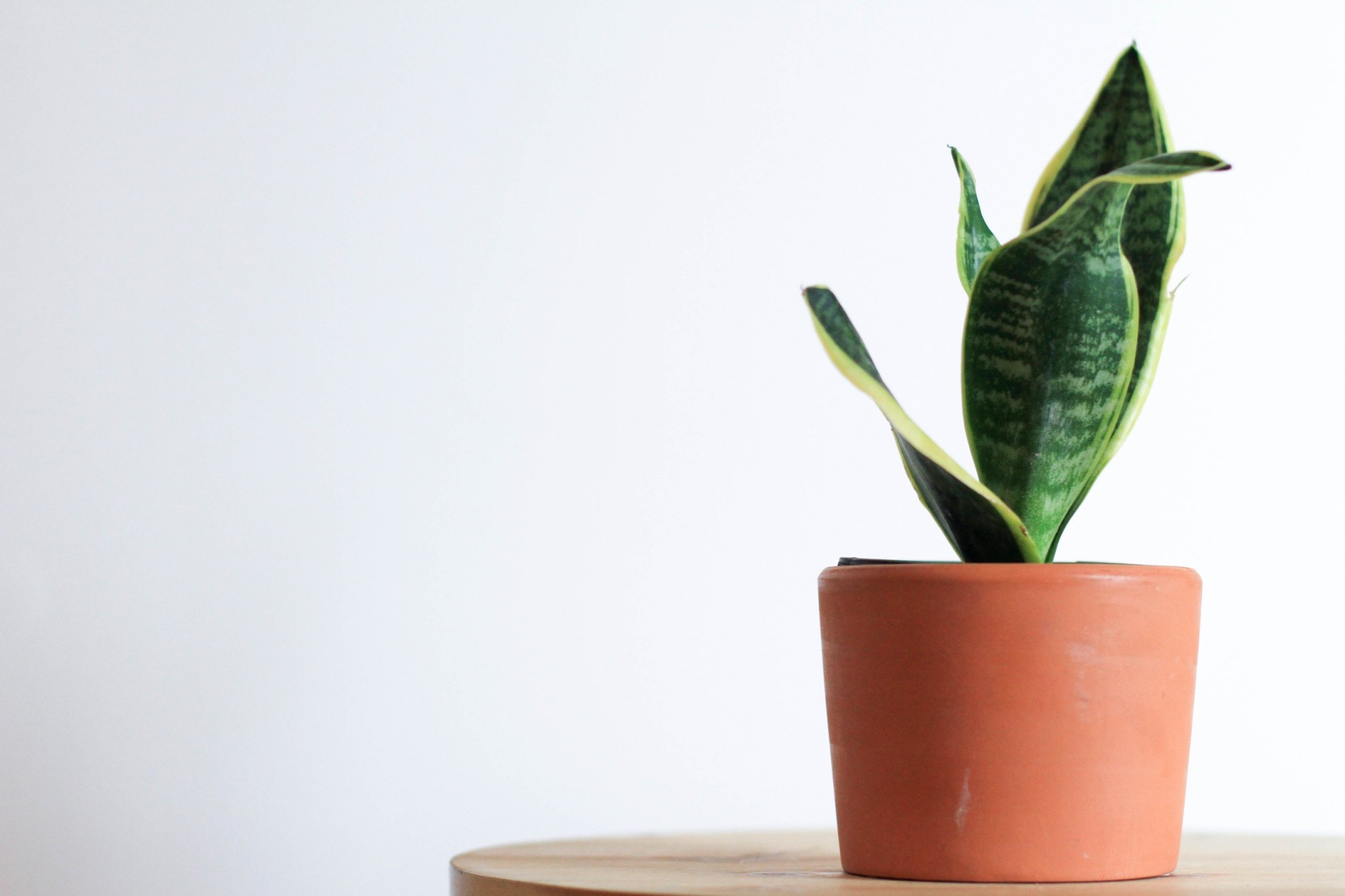
Dracaena, commonly referred to as the snake plant, are ideal for those new to deskplant care as they require minimal attention. Although snake plants vary in size, all types are perfect for office environments.Simply offer a sip of water from your bottle before leaving the office on a Friday.
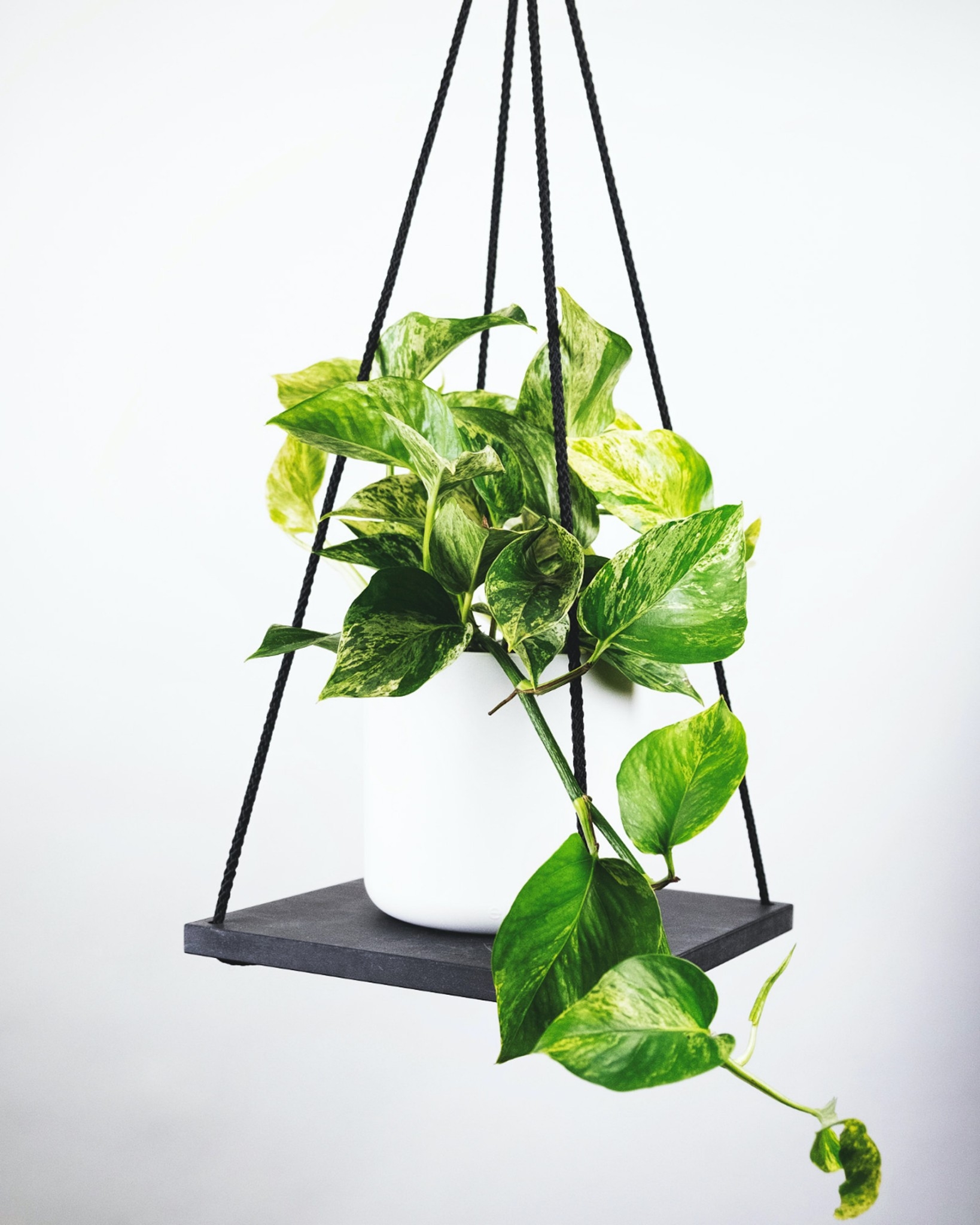
Pothos presents a modest yet irresistible charm with its heart-shaped leaves. This rapid-growing indoor plant thrives when kept in well-draining soil with consistent moisture, often achieving over a foot of growth monthly. The cascading plant prefers both bright and indirect light and is highly adaptable in the presence of dim surroundings.
These top 5 barber shops in Bangkok are where gentlemen can elevate ...
Wandering around the globe, try out the signature tastes of cultures across ...
We asked Thai actresses and got real stars, fictional heroes and everything ...
Pets, as cherished members of our families, deserve rights and protections that ...
Sailorr and Molly Santana’s black grills fuse hip-hop swagger with homage to ...
VERY THAI: In this regular column, author Philip Cornwel-Smith explores popular culture and topics ...
Wee use cookies to deliver your best experience on our website. By using our website, you consent to our cookies in accordance with our cookies policy and privacy policy